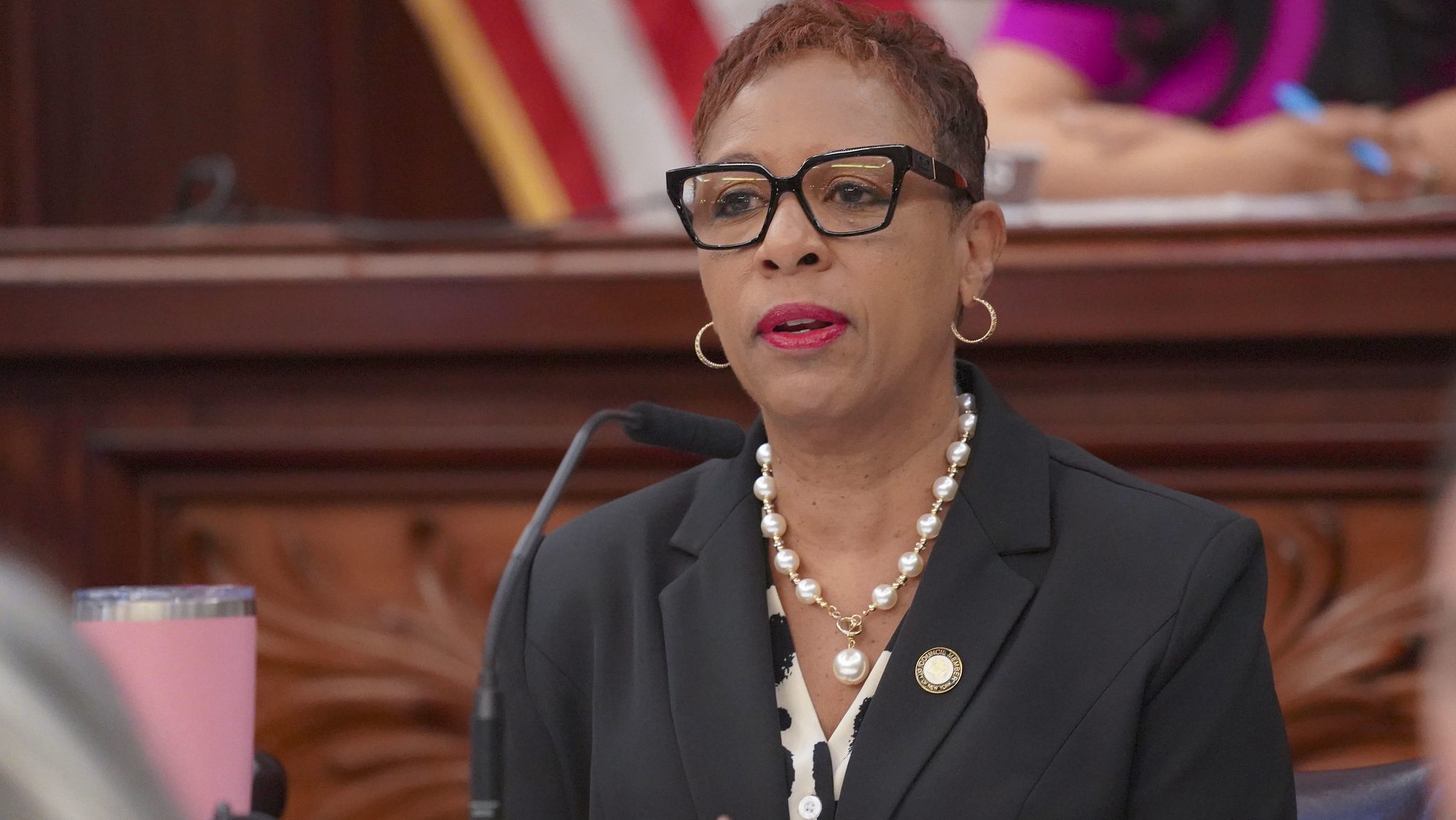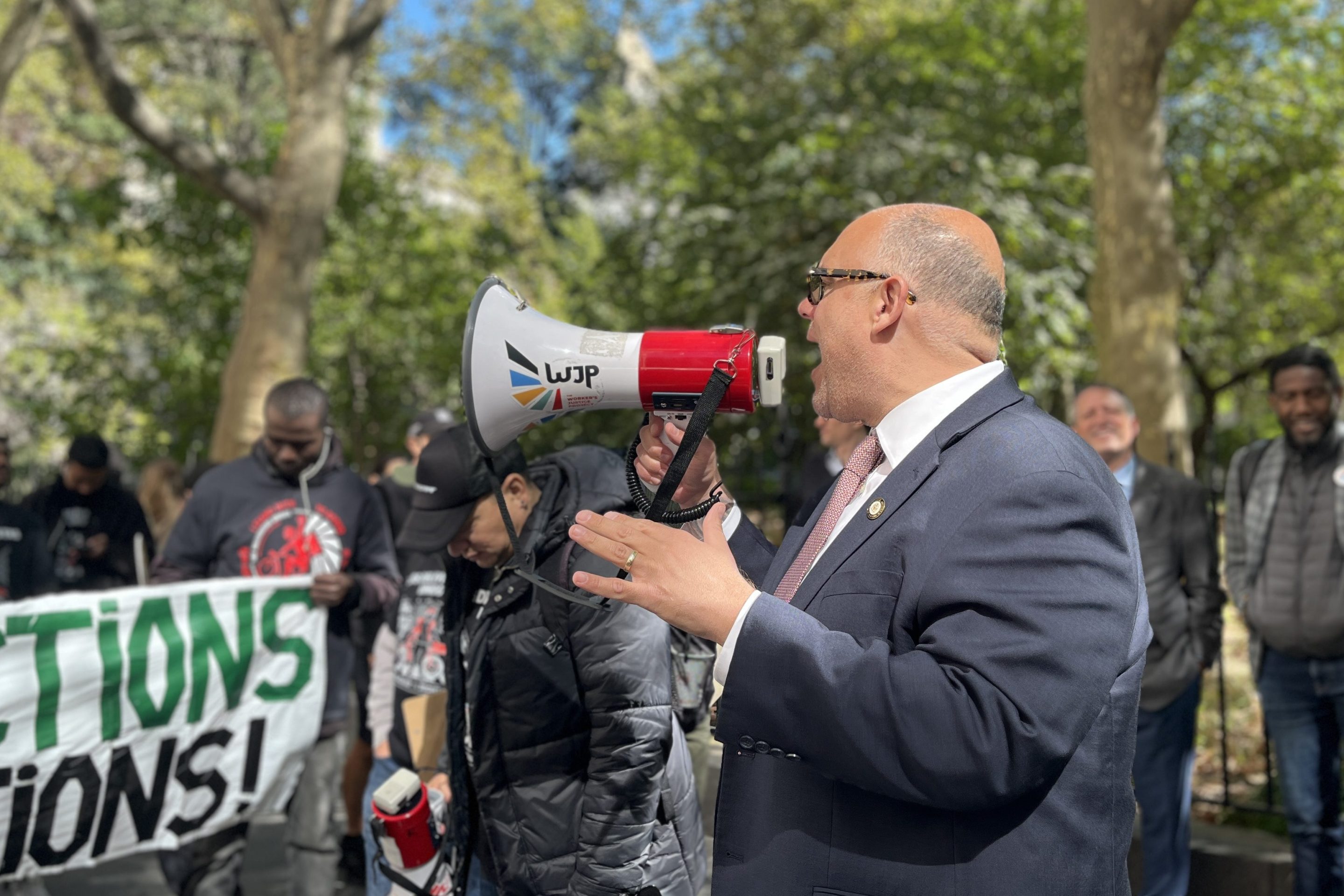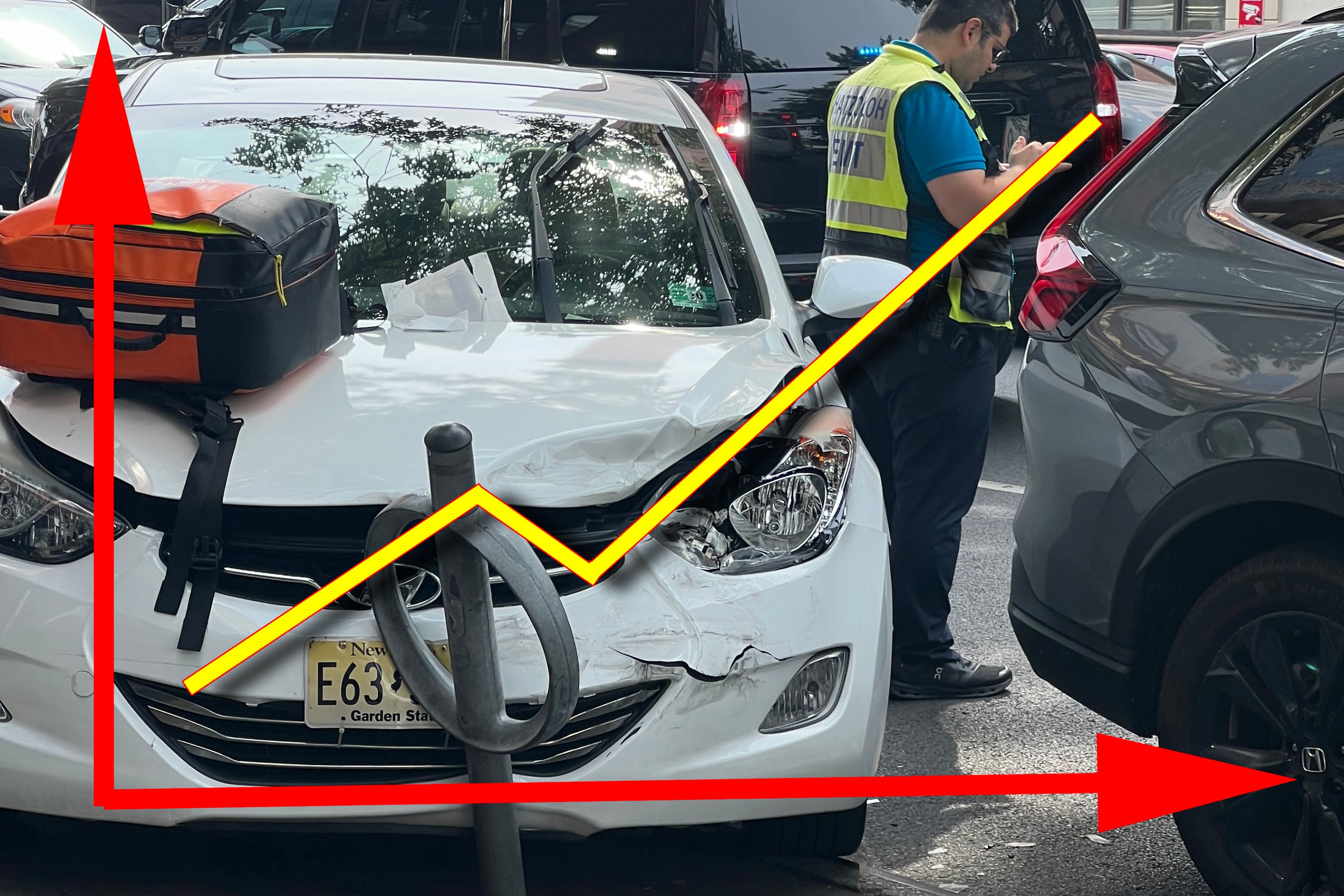When Oklahoma City announced plans in 1998 to tear down the I-40 Crosstown Expressway near downtown, they envisioned a grand, tree-lined, at-grade boulevard that would help improve development prospects in the already resurgent "Core to Shore" area between downtown and the Oklahoma River. The route would be part of the planned five-mile streetcar corridor, buttressed by a 40-acre "central park" fit for the capital, the largest city in the state.
But the state Department of Transportation had something different in mind. This spring, with the demolition of I-40 underway, city officials learned that ODOT was planning to replace much of the highway not with a picturesque boulevard, but with a partly elevated highway.
That plan did not sit well with some top-ranking city officials. The Oklahoman reported a few weeks ago that all eight City Council members have come out against ODOT's proposal for an elevated roadway. "You’re going to create the problem you set out to solve," City Council Member Ed Shadid told Streetsblog. "A boulevard is by definition at grade."
Many businesspeople along the route are also disappointed. Gary Gregory, manager of the local branch of global real estate giant Collier International, told the Oklahoman: “There is a reason this area became blighted, and it's the barrier that was built: the Crosstown Expressway."
Yesterday, the City Council told the local public works department and the Oklahoma Department of Transportation to go back to the drawing board. To their credit, ODOT is listening. The city and the state DOT have agreed to hire a private consultant to draw up alternatives that will make the road more bike- and pedestrian-friendly.
Steve Lackmeyer, a long-time reporter with the Oklahoman, described the situation as "a divide between traditional road design and modern urban planning."
"The Oklahoma Department of Transportation is in the business of building roads and bridges," Lackmeyer wrote. "By nature, these engineers seek to expedite traffic so that roads can handle a large volume of motorists driving at high speeds."
"Advocates of an at-grade boulevard ... [are] pleading with the city council to stand its ground in this battle, to insist highway engineers abandon their elevated roadway design and create a road that fits the 'new' mindset where pedestrians are given equal consideration with motorists," he continued.
This controversy could have been avoided, Shadid said, if ODOT had conducted a separate environmental review process, including a public comment period, for the $85 million elevated "boulevard" project. Instead, ODOT treated the boulevard as just a "mitigating factor" in the $600 million highway teardown project. So no public meetings were held on ODOT's design, and city leaders didn't hear about the plans until May.
ODOT Engineer David Streb told Streetsblog they simply hadn't reached the point of environmental review yet. He said his agency is willing to work with the city.
"ODOT does not want to build something that the city of Oklahoma City does not want," he said emphatically.
Tension between cities and state DOTs has been a consistent theme in highway removal projects across the country. Just last week, we reported that the road that will replace New Haven's soon-to-be-torn-down elevated Route 34 has come under fire for favoring automobile throughput at the expense of pedestrian safety. In that case, the original vision had to overcome car-oriented state and federal design standards, and engineers are still insisting on preserving an excessive number of lanes for cars. Similar complaints have dogged Cleveland's highway-to-boulevard West Shoreway project, which was scaled back dramatically by the Ohio Department of Transportation.
Of the three state agencies, Connecticut's has proven more adaptable to thinking in terms of livability than Ohio's, and based on the early rhetoric from its engineers, Oklahoma DOT might be the most flexible of them all.






